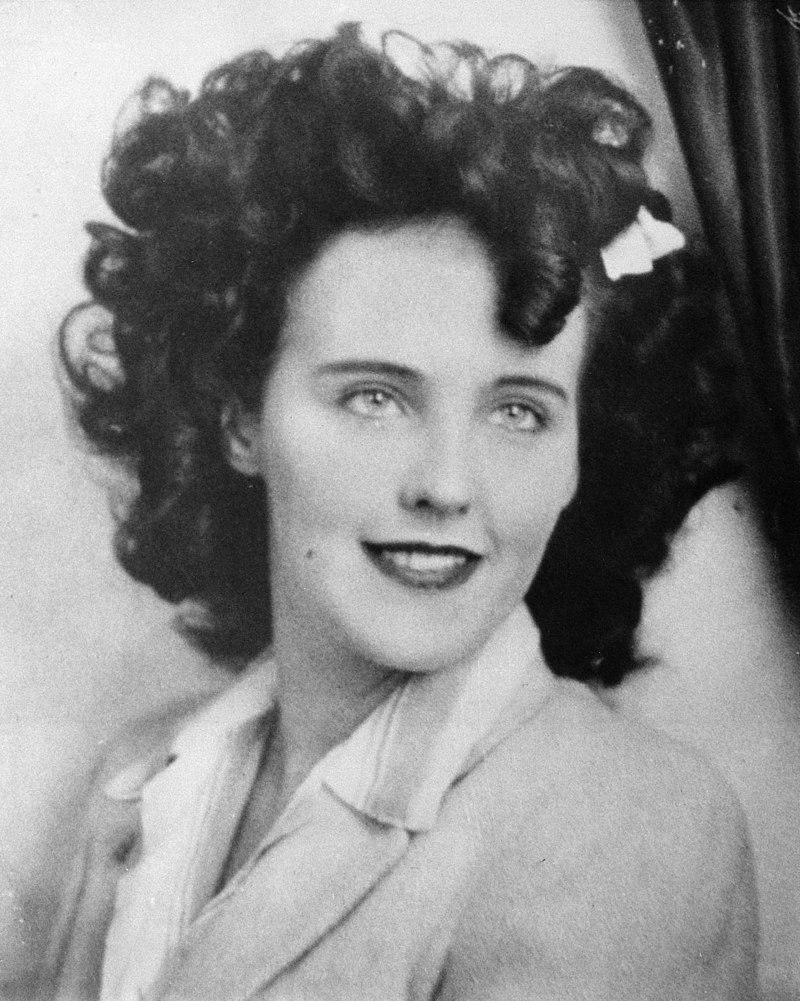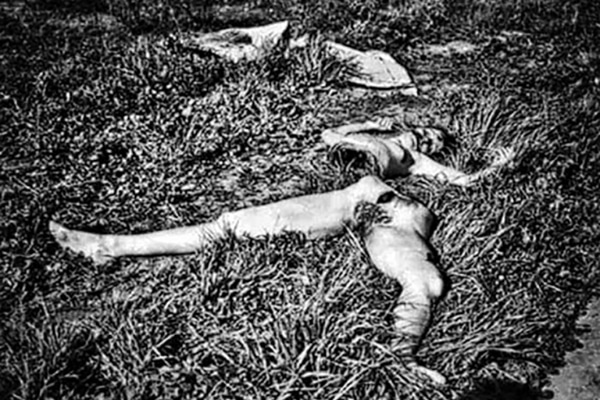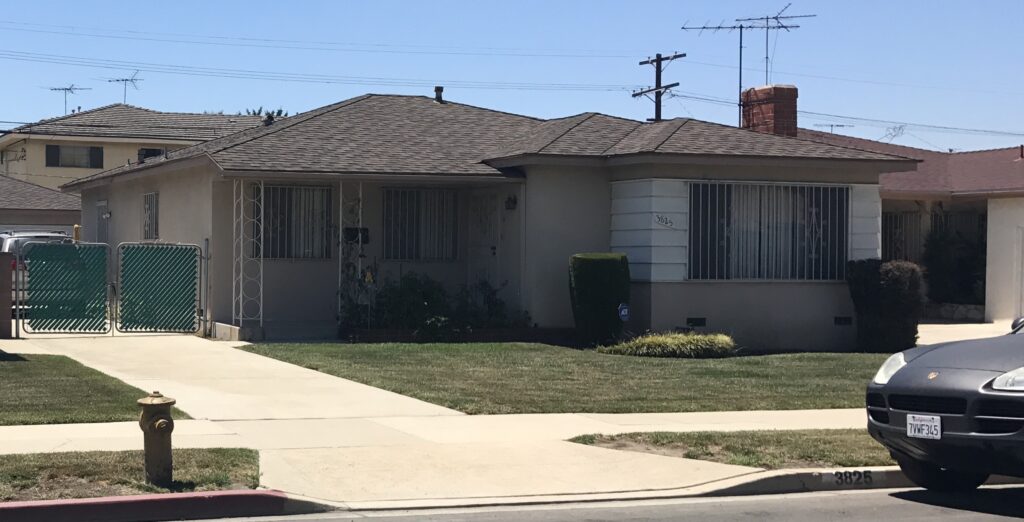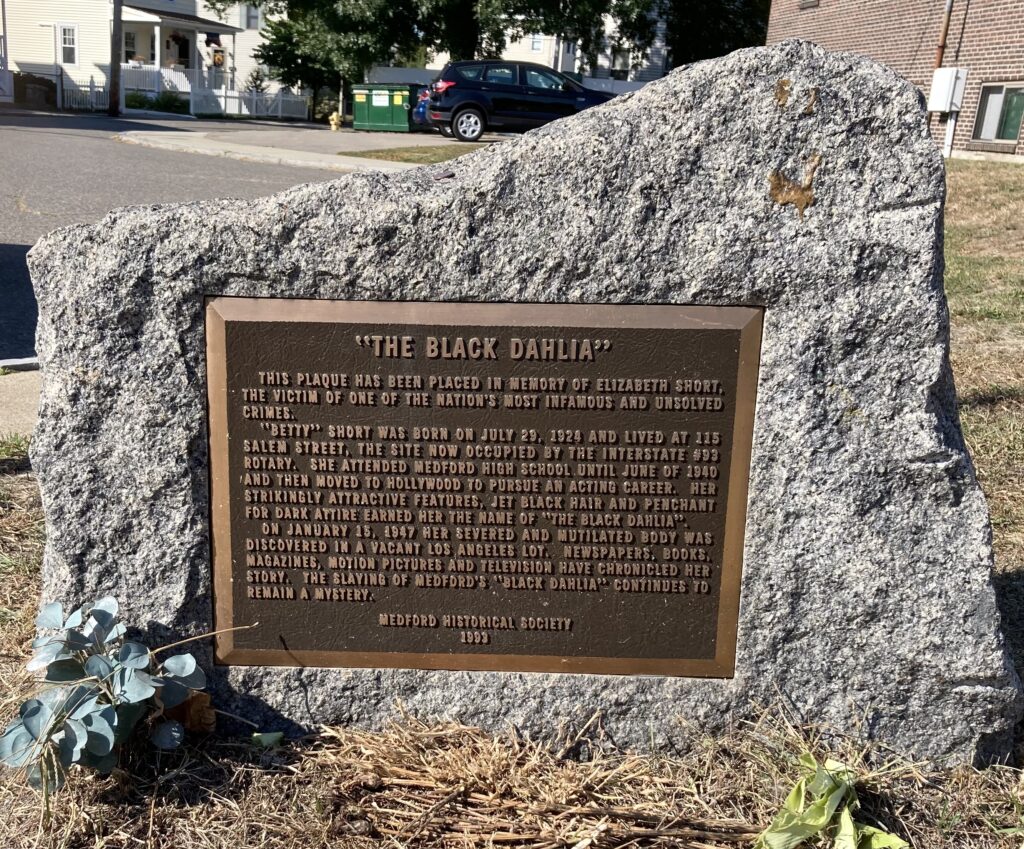
One of the greatest, most enduring, unsolved mysteries of the 20th century is the murder of Elizabeth “Betty” Short, better known as “The Black Dahlia.” Even today, 75 years after her gruesome death, we are no closer to knowing how she met her demise, and who is responsible. However, you can
Betty lived a troubled life. Born in Boston, Mass., she grew up in nearby Medford. At age 15 she underwent lung surgery and, under doctor’s orders, split time subsequently between Medford and relatives in Florida where the weather was milder. She dropped out of high school her sophomore year and then subsequently relocated to California to live with her father who had abandoned the family when she was a young girl.
Her life in California saw no shortage of conflict. She moved out of her father’s house, taking up with a US Air Force Sergeant who abused her. She then moved again to Santa Barbara where she was arrested for underage drinking. Post-arrest she was sent back home to her family in Massachusetts, though she opted not to stay and instead returned to Florida. While there she met a soldier training for deployment in World War II who later proposed to her via mail. Tragically, he died less than a week before the end of the war.

She then moved back to California, this time in Los Angeles where she worked as a waitress and may have aspired to become an actress. Less than six months after arriving she was dead. Her body was found in two pieces on a vacant lot in south Los Angeles.
The body had been washed clean and had been brutalized. After an exhaustive investigation involving hundreds of LAPD, State Police, and FBI detectives, many interviews, and the consideration of numerous suspects, the case went cold and remains unsolved to this day
The site where her body was dumped is now a residential neighborhood. The specific location is the home at 3825 South Norton Ave., Los Angeles.

The Medford, Mass. Historical Society has also installed a memorial to Short near the site of her family home. The house is long gone, a victim of the construction of Interstate 93, but you can visit the memorial.

KNOW BEFORE YOU GO: Both sites are fully accessible. The home in Los Angeles is on a quiet residential street so please be respectful of the property owner and their neighbors. The memorial is challenging to access and parking is not available immediately adjacent. You will need to park up the street and walk to it.
